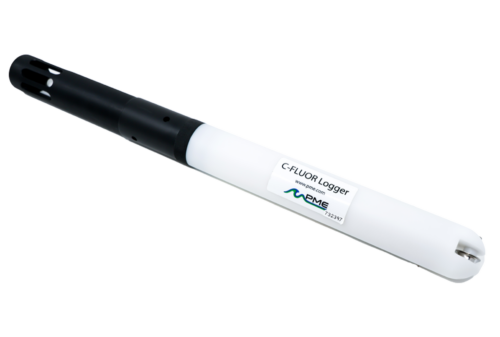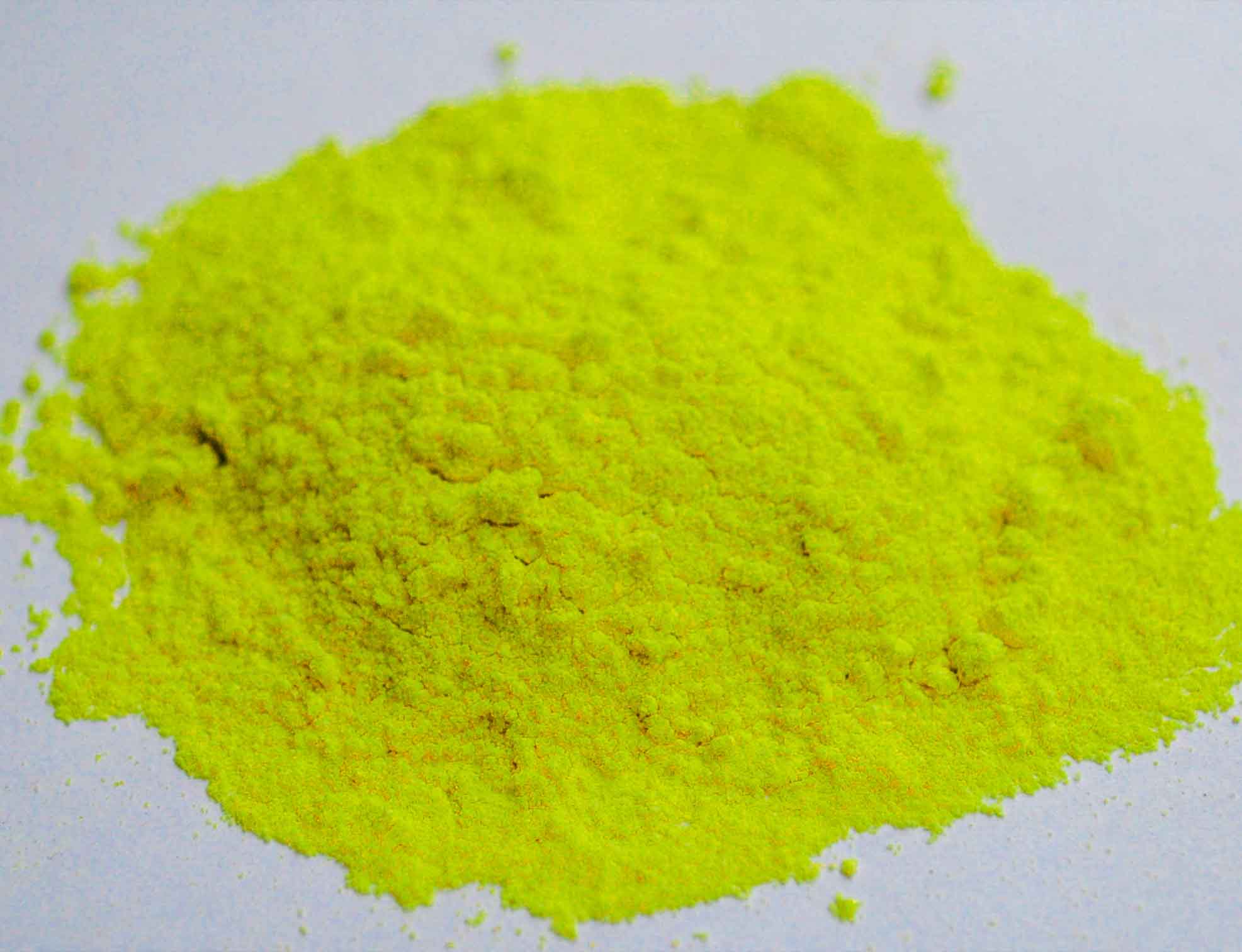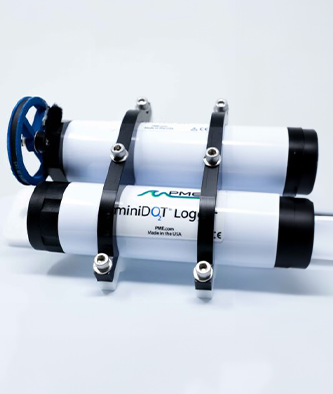Water Quality Parameters
Optical Brighteners
How and Why Do We Measure Optical Brighteners in Water?
The presence or absence of optical brighteners in watersheds offers researchers valuable insights into water quality and contamination issues. Optical brighteners decompose slowly, because of this they serve as ideal indicators (surrogates) of illicit discharges in storm drains, leaking pipes from community wastewater treatment systems and failing septic tanks. Not only does their presence indicate an ineffective wastewater treatment system, but they can warn of greater problems to come. The fluorescent quality which makes them effective in the first place can reduce the potency of water treatment methods dependent on UV sanitation. Optical brighteners are detectable through numerous methods, but the compact and durable design of PME’s C-FLUOR Logger makes it the ideal choice for in-field deployments and remote monitoring needs. The C-FLUOR Logger relies on a fluorescence method to calculate optical brightener saturation up to 300 ppb at a resolution of 0.08 ppb.
Products Measuring Optical Brighteners





